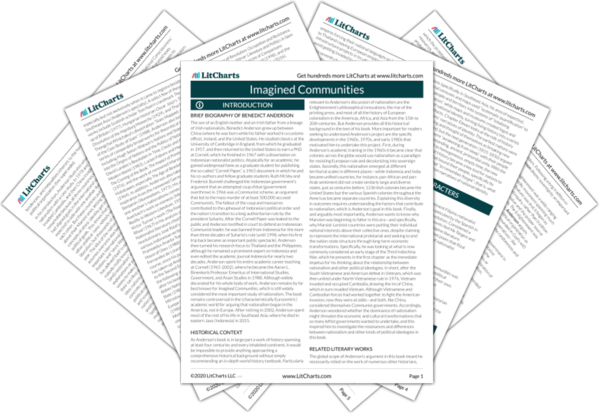Anderson’s contrasting example of the United States reinforces his theory that nations in former colonies emerged on the scale of existing economic, administrative, and technological integration, because all these tools defined the communities imagined by those living within these territories. He contrasts these factors to “Economic interest, Liberalism, [and] Enlightenment” because those three are based on explicit, rational thought, not on a sense of community with others. Instead, imagined communities exist prior to these rational calculations, in many cases as foundation on which they can function—economic goals, individual rights, and equality became important guiding principles for a group that was already defined from the outset.


